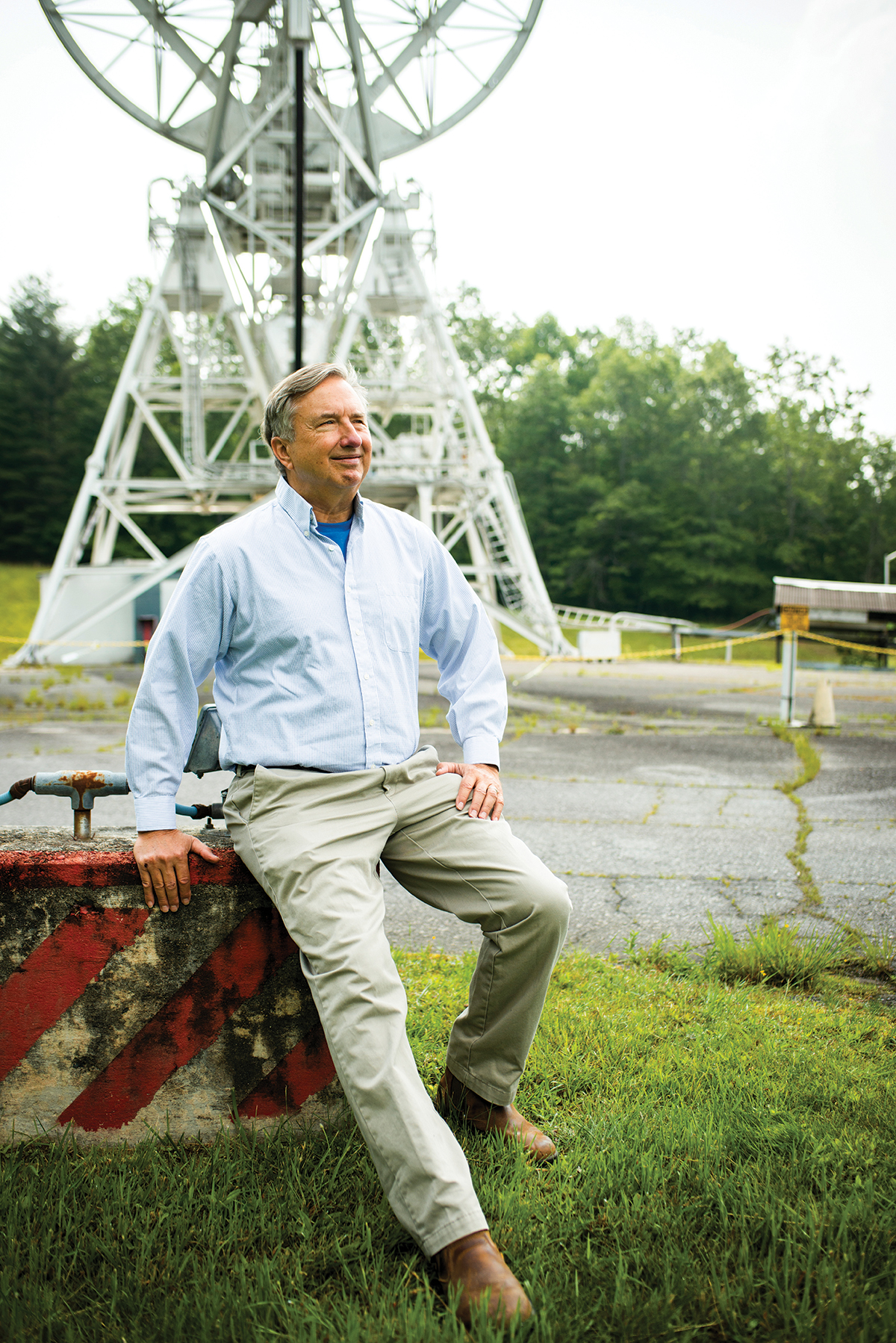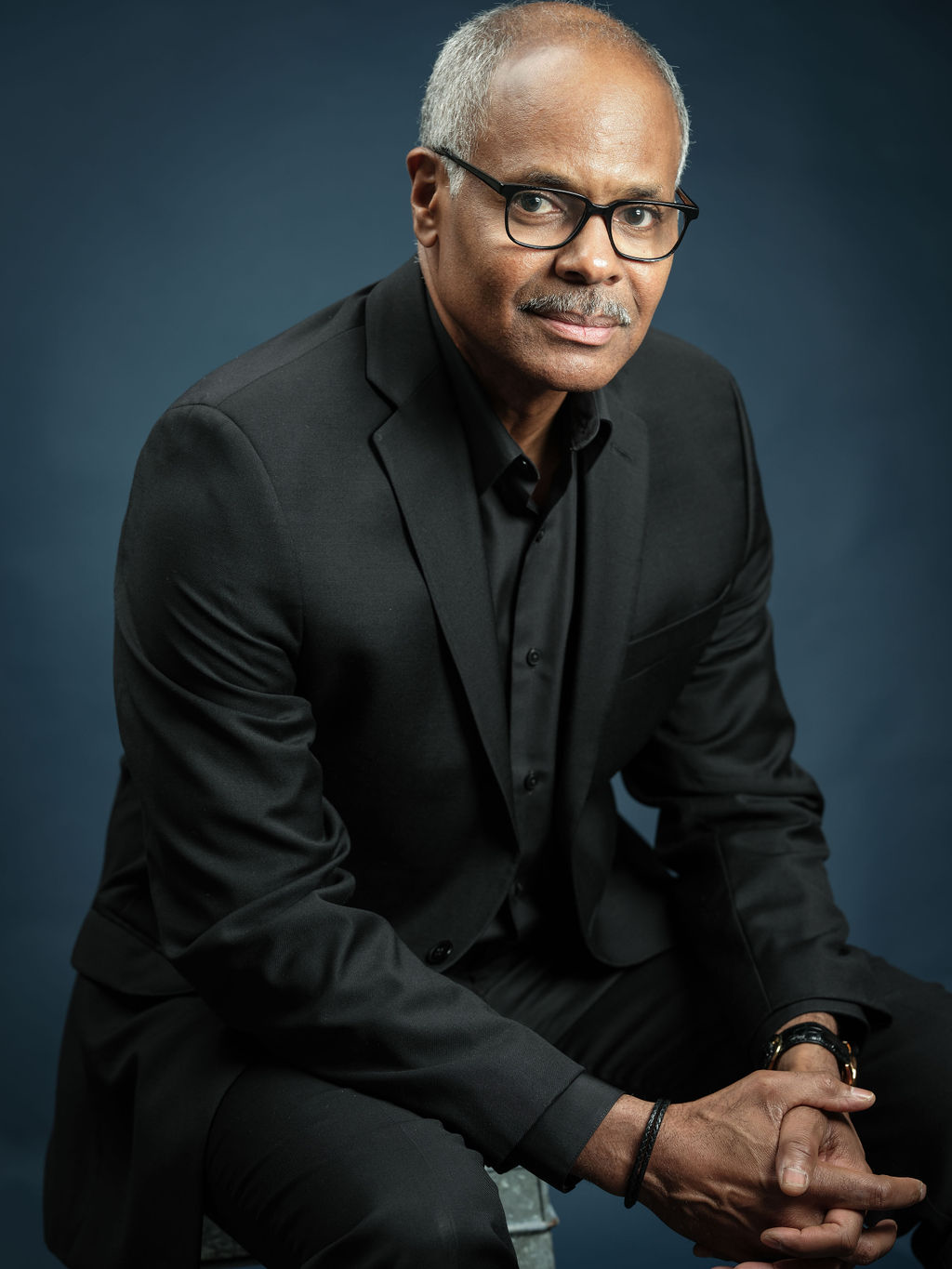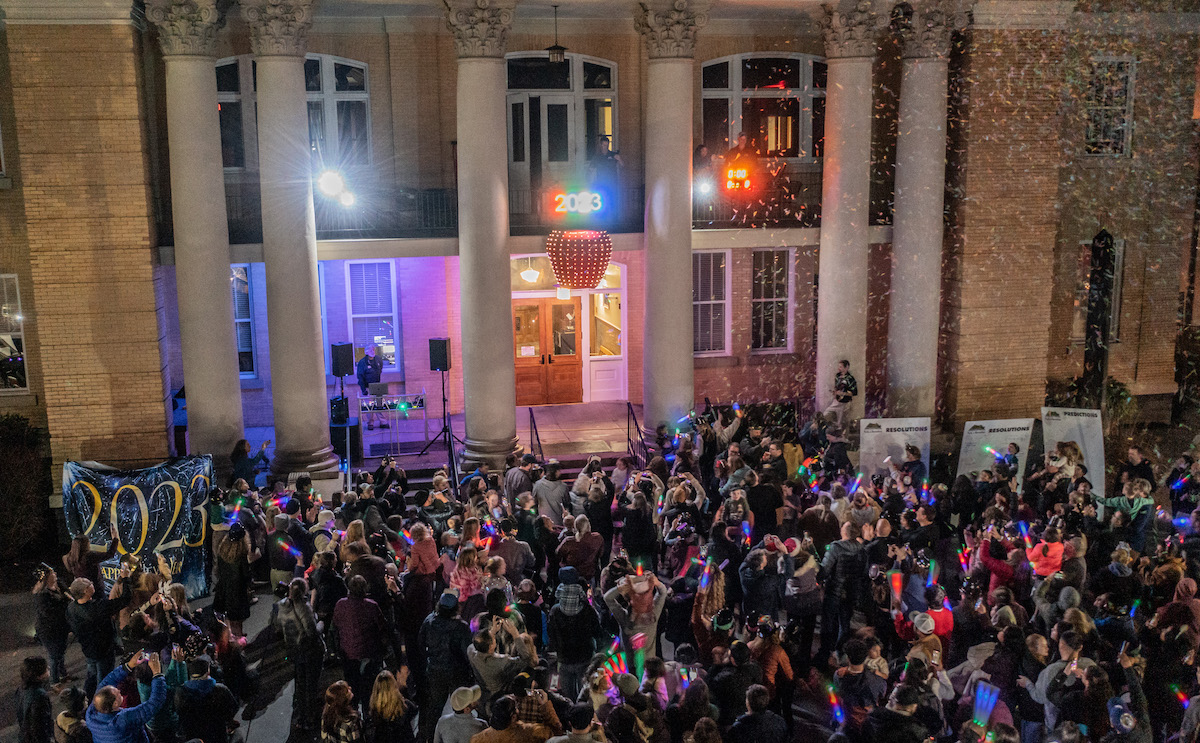New book takes a deeper look at PARI

ANALYST BACK AT WORK
Craig Gralley was the ideal Brevard resident to gather new intelligence on PARI.
Photo by Karin Strickland
When Craig Gralley retired to Brevard not long ago, he hardly expected his 33-year career as a CIA intelligence analyst and executive manager to follow him to the mountains. But when he happened to pass through rural Rosman — in Transylvania County near the South Carolina border — and saw the blue-and-white sign of the Pisgah Astronomical Research Institute (PARI), something clicked. As a junior analyst in the 1980s, he’d been aware of what the National Security Agency at the time called its Rosman Research Station.
“I had to know more,” Gralley remembers, and the result is his new book from The History Press, Pisgah Astronomical Research Institute: An Untold History of Spacemen and Spies.
Bold Life spoke with Gralley recently about PARI’s secret history.
PARI’s published history has acknowledged its role in satellite tracking during the Cold War. What did you discover in researching the book that wasn’t part of that published history?
“Satellite tracking” was just the tip of the iceberg. Rosman likely was used to collect secret Soviet, Cuban, Chinese, and other foreign military and political communications that flowed through satellites within Rosman’s field of view. The NSA’s Rosman Research Station tried to break the encryption of signals it collected before sending all of it back to NSA headquarters in Fort Meade, Maryland, for further analysis.
Was there anything you discovered during your research that particularly surprised you?
Plenty. The discoveries revealed in this book help to uncover what was, arguably, the greatest secret of Western North Carolina. What was the government doing for three decades with their big satellite dishes behind a locked fence deep in the mountains of rural North Carolina? And before the Department of Defense owned the site, it belonged to NASA and was the space agency’s premier East Coast ground station, directing our country’s most advanced satellites that paved the way for the Internet, cellular communications, and weather forecasting. These technologies have a huge impact on how we live today.

How did your CIA background help with developing the book?
As a CIA analyst and manager for 30 years, I know what the intelligence professionals call the “intelligence cycle” — that is, how intelligence information is collected, analyzed, and reported to senior military and political leaders. So while at first I didn’t know the specifics about what Rosman did, I knew how the site might fit into the overall cycle. I was able to put the pieces of information together, much like a jigsaw puzzle, in ways that gave me a picture of the activities Rosman was engaged in.
The Cold War may be over, but relations with Russia and China lately haven’t been particularly warm, especially with the war in Ukraine. Do you think PARI might ever be called back into the kind of service it provided 50 years ago?
To be useful, its infrastructure would need a complete and costly overhaul. The Soviet satellites Rosman reported on haven’t been in orbit for nearly two decades, and the kinds of communications and encryption techniques now employed by our adversaries are vastly more complex and sophisticated. So while the Department of Defense probably wouldn’t reclaim the site, it could reclaim its history at the site and support PARI’S student science-education programs. The NSA needs a talented workforce of scientists and engineers, just the kind of science-minded students PARI is training. Re-establishing a DoD/NSA connection with PARI would be a win-win.
Pisgah Astronomical Research Institute: An Untold History of Spacemen and Spies is available at Highland Books in Brevard (highlandbooksonline.com), Malaprop’s Bookstore in Asheville (malaprops.com), at PARI (pari.edu/shop), and from most online booksellers. Craig Gralley will speak at Asheville History Museum at Pack Library on Saturday, Aug. 19, 10-11am. He is donating his author profits from the book’s sale to PARI’s student science-education programs. Visit craiggralley.com for more information.



